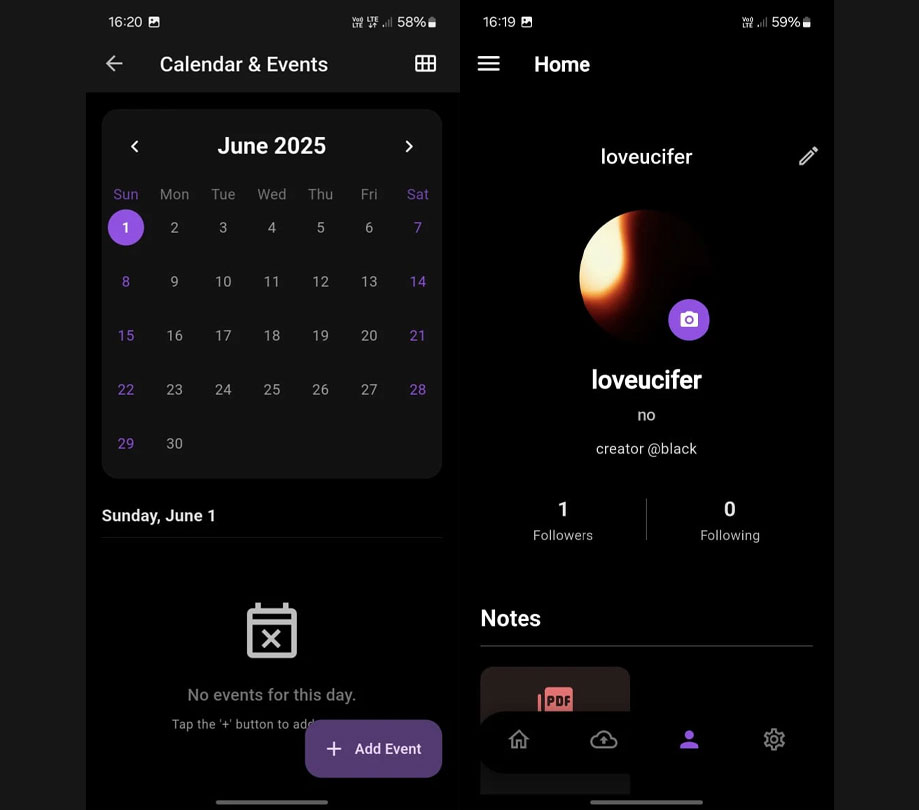Apps
App Tracking Transparency causes a shift in ad spending
Monday, November 8, 2021

|
Jude O’Connor |

After the release of Apple’s App Tracking Transparency, it has caused a shift in ad spending including that the total advertisers spend on iOS has decreased by a third, but Android increased about 10%, and there are indications of a consumer shift towards Android.
The launch of Apple's App Tracking Transparency tool has led to two-thirds of consumers opting out of app tracking. In response, the amount advertisers spend on iOS dropped by around a third, while simultaneously increasing by around 10% on Android. When it comes to User Acquisition, recent data from PubMatic shows that the share of mobile app ad spend on Android has grown to 63% from 54% since Apple rolled out its Apple Ad Tracking.
App Tracking Transparency causes a shift in ad spending
While privacy has caused ad spending to shift, there are signs of a consumer shift towards Android as well. While you may know activations of new devices are evenly split between Android and iOS, there are also indicators that suggest people worldwide simply LIKE Android better.
With all trends looking bullish for Android, it's time to look further at what the Android consumer base has to offer for your app.
Data-Backed Tips for Marketing on Android
Thanks to the shifting mobile landscape, marketing on Android today (and in the future) will look different than it has in the recent past. The brands that perform best will be those willing to adapt, do creative testing, and explore new ideas.
Current research, however, does provide some insights you can put to use. GlobalWebIndex (GWI) has looked into who, demographically speaking, are the people choosing which mobile device. Their data collects insights from surveys of over 100 thousand consumers from across the U.S. Here are a few main takeaways.
1. Prioritizing Android is especially lucrative in a few main categories.
GWI's research reveals popular app categories such as streaming media, pop culture, games, and productivity may find more success with Android users than iOS. Android users are a bit more likely than iOS users to be into pop culture like films, music, and television. Notably, they're 10% more likely to be gamers than iOS users. Plus, they’re more likely to watch more than four hours of online TV a day. They’re also bigger techies, with interests in gadgets and science.
While there's a long-standing belief that Android users are more cost-conscious, and may spend less than iOS users, increased focus on Android from brands in this category can't be overlooked.
2. Focus on deals and loyalty.
While GWI's data did reveal that some of the aforementioned traits of Android users’ spending habits do hold, that's not necessarily a bad thing. For one, the shopping habits of Android users reveal a tendency to be swayed by loyalty programs and discount codes. That's information retail and on-demand delivery apps can put to use in the campaigns they develop for Android.
Creating a program that rewards more use of your branded app on the device can encourage loyalty from Android users, and help you encourage them to spend more. In addition, featuring discounts in your Android ads can drive more purchases on the device, something that matters now more than ever as mobile commerce claims almost a third of all e-commerce sales.
But beyond where you spend on ads, this preference should also help dictate your messaging in your creatives, app store optimization, and push notifications. And consider this: since there seems to be a small popularity shift towards Android in recent years, finding loyal users may end up being of exponential benefit.
3. Try out methods other than social.
It's worth noting that Android users are not the social media hounds that their counterparts with iPhones are. Specifically, GWI found they're 44% less likely to be using social media at all, and 25% less likely to consider themselves a “social media scroller.” That means Facebook and other social ads of the like might not have the same impact on Android as iOS.
Instead of investing solely in social media, app developers can get the results they desire from investing in other ways, including through on-device notifications, wizards, preloads, influencer marketing, or in-app ads (within the categories Android users like!).
How to Turn This into a Winning Opportunity
Privacy regulations and shifting budgets aren't going to change any time soon. Successful marketers should look to test different sets of tactics to find the right mix of solutions for them. Having chatted with big-name advertisers, we have seen them execute different levels of testing:
1. Creative testing for ads targeting Android devices, including, but not limited to: Rich media, playable ads, and instant ads.
2. Campaign testing on different ad networks, programmatic buys, and on-device campaigns (e.g. working with carriers and OEMs on ways for users to discover apps already on the device).
3. For those still concerned about potential socio-economic differences, high-end device targeting is an emerging tactic. This allows developers to specifically target new and popular devices on the market, which would typically only appeal to those with higher spending power. The cost for all iPhones is similar (and always premium) while Android devices come at varying different price levels. Anyone buying an Android device priced at $1,000 or above simply *prefers* Android.
In today's changing landscape, standing still and waiting for things to return to normal is a recipe for failure. If you are going to withstand the change, the best thing to do is to understand the data and test different solutions to find what works. What we have seen is Android users are well worth targeting, particularly if your app appeals to things they have a high interest in or campaigns that tailor to their shopping preferences.
This content is made possible by a guest author, or sponsor; it is not written by and does not necessarily reflect the views of App Developer Magazine's editorial staff.

Become a subscriber of App Developer Magazine for just $5.99 a month and take advantage of all these perks.
MEMBERS GET ACCESS TO
- - Exclusive content from leaders in the industry
- - Q&A articles from industry leaders
- - Tips and tricks from the most successful developers weekly
- - Monthly issues, including all 90+ back-issues since 2012
- - Event discounts and early-bird signups
- - Gain insight from top achievers in the app store
- - Learn what tools to use, what SDK's to use, and more
Subscribe here












Comments